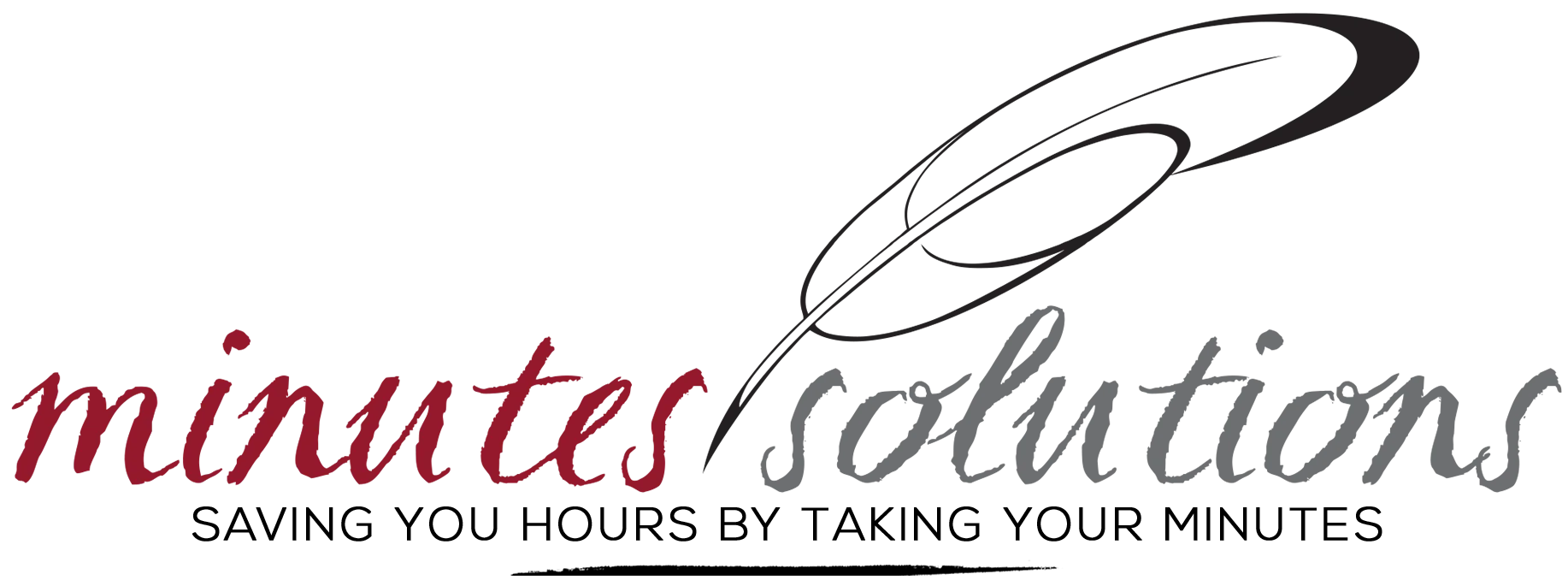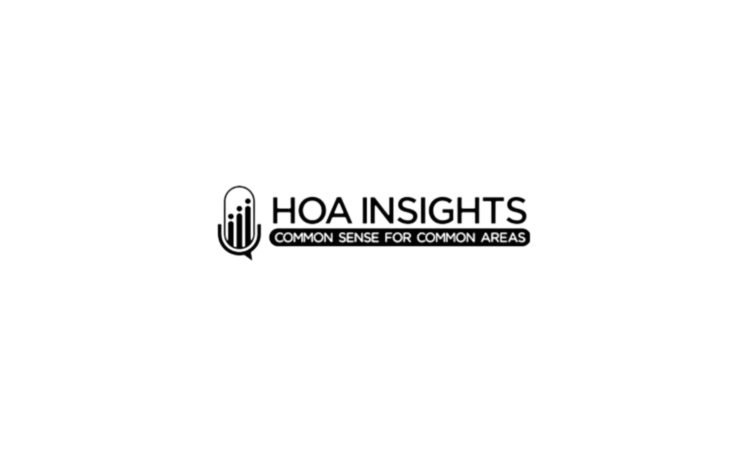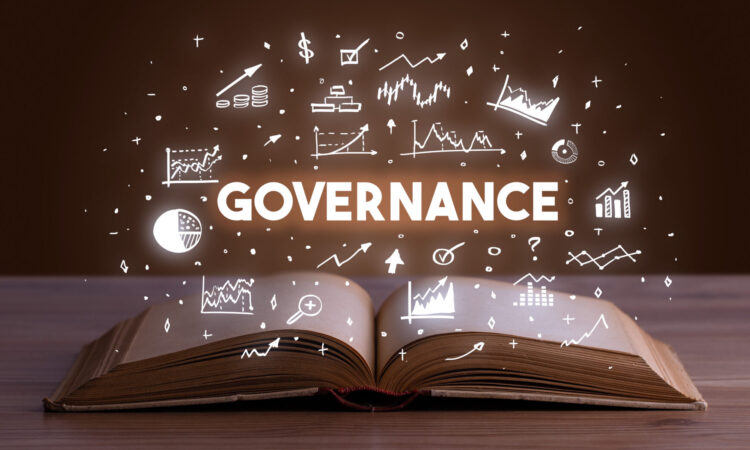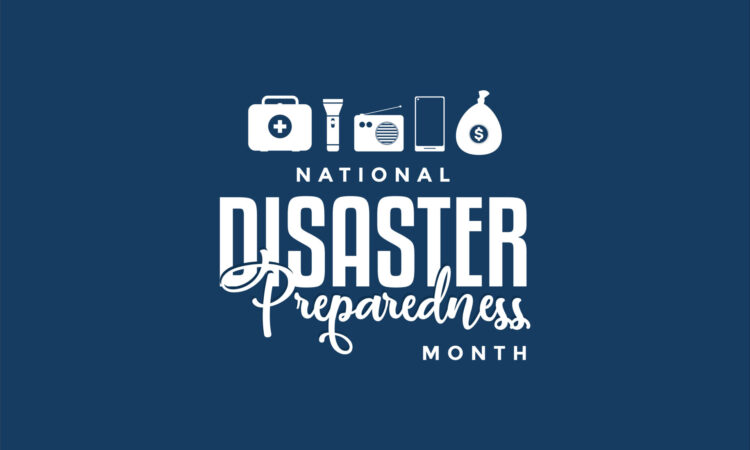How to Ratify Decisions Made Outside of Board Meetings
Did you know that decisions your board makes outside formal meetings are not binding until they are ratified at the next properly constituted meeting?
Many jurisdictions mandate that boards cannot conduct business outside formal meetings and define meetings as forums during which members must be able to communicate live and in real time. Therefore, unless local legislation allows it, decisions made between official meetings – even in writing (e.g., by email) – must be confirmed (ratified) at the next board meeting to ensure their validity. An informal decision that is not ratified at a formal meeting could pose significant legal risk to your organization: A court or governing body may deem it void or unenforceable, which could lead to costly legal battles, reputational damage, and even the invalidation of important board decisions.
Best Practices for Ratification
To ensure good governance and legally valid decisions::
- Reserve informal decision-making outside meetings to uncontroversial items only.
- Ratify unofficial decisions at the next duly constituted board meeting. Adequate notice of the meeting must be given as defined by local legislation or your organization’s bylaws, and quorum must be met.
- Designate on the agenda of the official board meeting time to discuss the informal decisions that were made outside the meeting.
- Provide a meeting package of background materials about unofficial decisions that the meeting is scheduled to consider ratifying, including any written comments or informal decision-making (e.g., emails).
- Document the ratification in the meeting minutes.
Decisions can be ratified during a meeting by a formal motion or, for smaller boards of up to a dozen members, by casual agreement. Either way, the approval must be explicitly documented in the meeting minutes, which serve as the official record.
Documenting Ratification by Formal Motion
A board member can make a formal motion at the meeting to ratify the decisions that were taken outside the meeting. If the board passes the motion by a majority vote, document the carried motion in the meeting minutes.
Consider a scenario where a board made several decisions via email between meetings. At the next meeting, the board can group and ratify all the decisions together into a single motion, where the motioner and seconder are named in the introductory statement and each approval is listed as a bullet point that contains all the information relevant to the decision:
On a motion made by John Smith, seconded by Jane Doe, it was resolved to ratify the email approvals of the following quotes:
- JJN Renovations: – $2,599 plus tax to supply and install 10 stainless steel corner guards
- Pro-Tech Glass Windows and Doors Ltd. – $7,624.58 (tax included) to replace nine glass panels in various units
- Signature Electric – $2,320 plus tax to repair deficiencies related to thermographic scanning
Motion carried.
Alternatively, each ratified item can have its own topic-specific heading, with the motioner and seconder repeated for each. This format makes it easier to locate specific motions by subject:
JJN Renovations
On a motion made by John Smith, seconded by Jane Doe, it was resolved to ratify the email approval for JJN Renovations to supply and install 10 stainless steel corner guards for $2,599 plus tax. Motion carried.
Pro-Tech Glass Windows and Doors Ltd.
On a motion made by John Smith, seconded by Jane Doe, it was resolved to ratify the email approval for Pro-Tech Glass Windows and Doors Ltd. to replace nine glass panels in various units for $7,624.58 (tax included). Motion carried.
Signature Electric
On a motion made by John Smith, seconded by Jane Doe, it was resolved to ratify the email approval for Signature Electric to repair the deficiencies related to thermographic scanning for $2,320 plus tax. Motion carried.
Documenting Ratification by Casual Agreement
Smaller boards often have a more casual style and confirm decisions without passing a formal motion. This approach to ratification is valid as long as the board reaches consensus during the meeting and explicitly documents its agreement in the meeting minutes.
For example: “The Board ratified the email approval for JJN Renovations to supply and install 10 stainless steel corner guards for $2,599 plus tax.”
Legal Considerations
The legality of conducting and ratifying decisions via email may vary by jurisdiction. For instance, some local statutes and legislation, such as Ontario’s Condominium Act, require that members must be able to communicate “simultaneously and instantaneously” for a meeting to be duly constituted. This disqualifies email decisions from being valid. Always ensure that your board’s practices comply with relevant legislation, as it takes precedence over an organization’s bylaws.
Properly ratifying board decisions taken outside meetings ensures that all approvals are legally binding and recognized. By following best practices for ratification, boards can maintain good governance and uphold the integrity of their decision-making processes.










